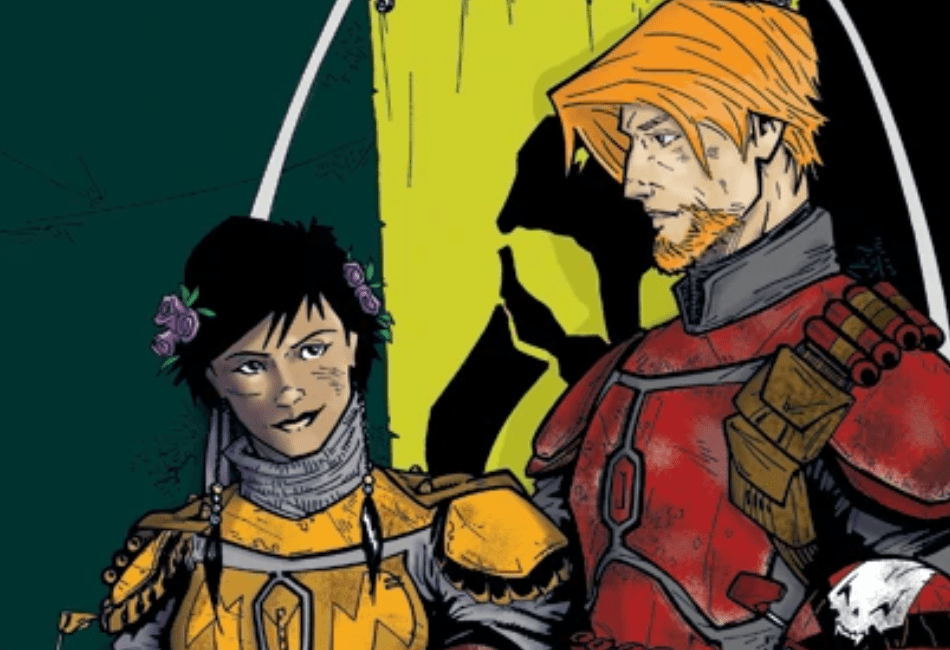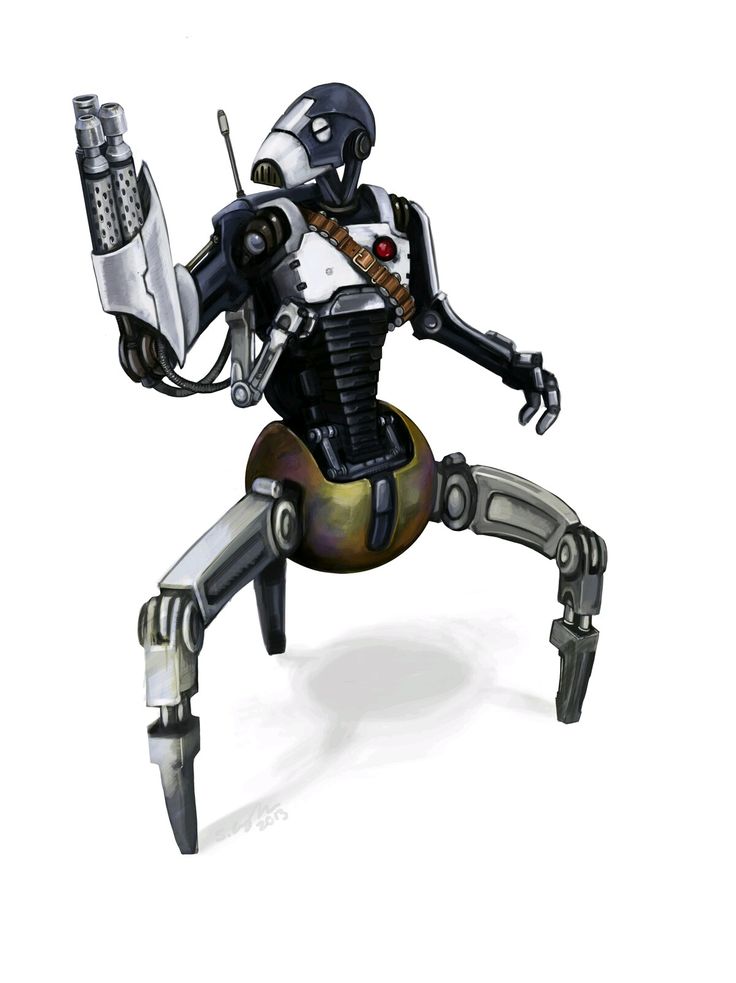One of the best aspects of the fifth edition of DnD is how approachable it is for new players, especially those who don’t have much experience with tabletop RPGs. The straightforward nature of the rules also allows the system to be converted to multiple settings and genres with general ease.
So, if you have a party that wants to eschew the typical fantasy fare of DnD, or are big Star Wars fans, you can convert D&D 5e to accommodate a Star Wars campaign with relative ease. Welcome to a Star Wars 5e Guide.
Key Info Up Front
Converting 5e to Star Wars is a lot easier than converting most other tabletop RPG systems, but it still takes a considerable amount of time. To do so effectively, you’ll have to convert races, equipment, backgrounds, classes, and monsters for your players to fight on top of making an actual campaign.
So, you should only take on doing this if you are ready to put in hours of work to do so, but if you do, you’ll end up with an extremely accessible and fun Star Wars tabletop RPG.
Star Wars 5e Overview
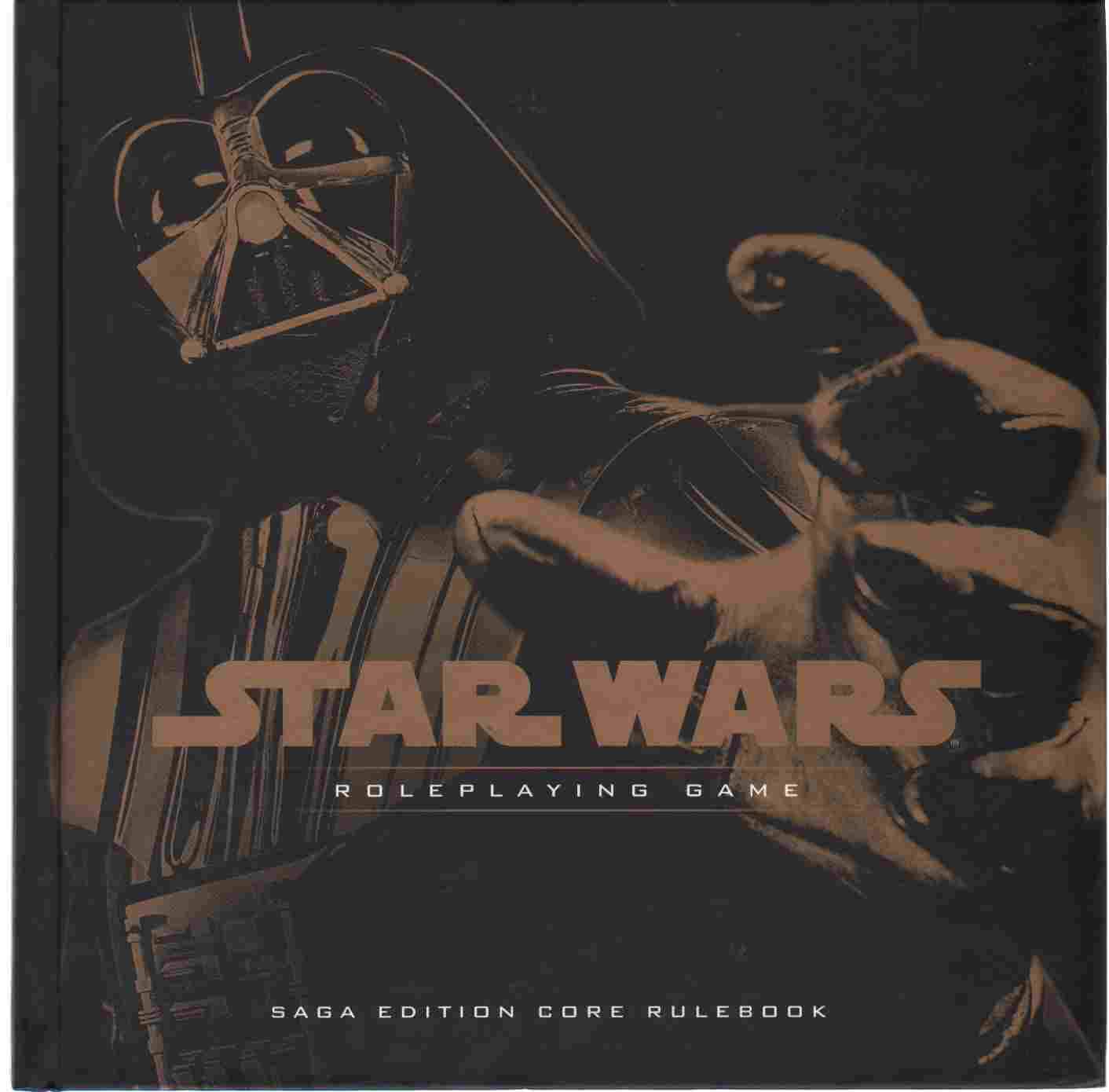
The universe of Star Wars is incredibly vast. It sprawls through dozens of star systems, numerous planets, and a variety of alien species. This is great for fans of the series and its official content to tell countless stories of different themes, subgenres, and an ever-expanding list of characters.
Star Wars has space for a sci-fi western planet, a horror-themed swamp planet with invisible beasts that hunt any unfamiliar forms of life, or even an entire civilization tenuously suspended over seas of lava. There is so much in the Star Wars universe, both canon and not, that a Dungeon Master can use it to tell any type of as-fi story they can imagine — as long as they’re okay with laser swords.
So, when it comes to converting 5e to Star Wars for your campaign, I recommend focusing on what you need and not what you may need. This means that you’ll need to convert the system’s races, classes, and equipment while coming up with a system for starships as well. There are two ways you could go about doing so. The first is to ask your players what they want to play first and then convert specific official 5e races and classes to fulfill their needs.
The second is to do a conversion of the classes, and maybe some of the more general use items so that you can have it prepared in the future and present players with options right out of the gate. Either way, you’ll need to convert equipment, but I would recommend converting monsters only when you need them because there are so many officially released.
I will go over some examples, ideas, and opinions of my own throughout this article, but feel free to deviate or borrow from them as much as possible. Since it is your own campaign you should feel absolutely free to tweak, remove, or add anything as you see fit.
Since homebrewing anything in a tabletop RPG is always difficult, however, just make sure to stay open to changing things as you go. You won’t get everything right on the first try, so make it clear to yourself and your players that things will likely change slightly as you all progress through the campaign and test things out.
Star Wars 5e Race Conversions
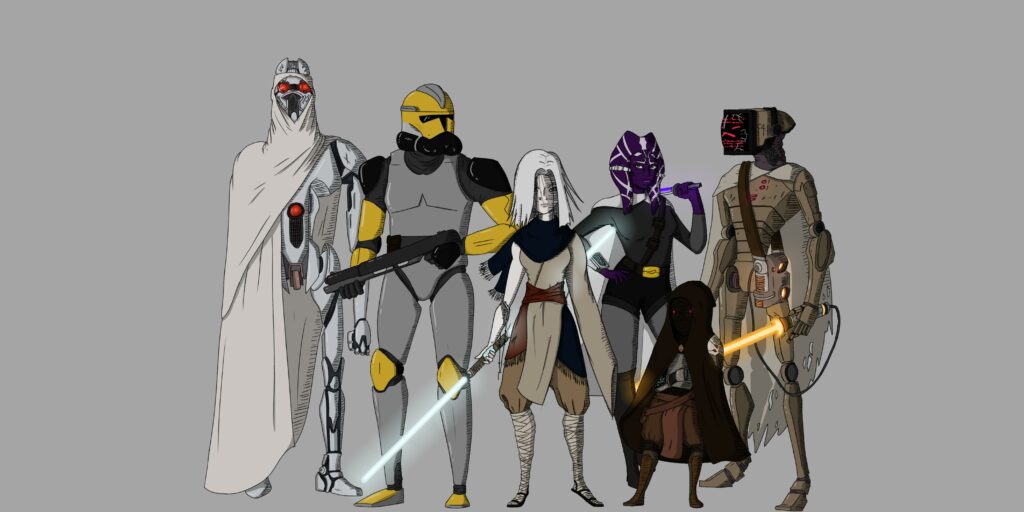
There are two main ways to approach converting races in 5e to another setting. The first is to start from the 5e side of the equation and search for a race within the new setting that works well for it. The second is to go the opposite way and find a race in the new setting before borrowing from a 5e race to fill in the gaps.
You could completely design every class from the ground up, but that is an exponential increase in the required work and takes a lot more fine-tuning and balancing to get right on this scale. There’s a reason that 5e was made by a team of designers and playtesters.
There also are an incredible amount of races in both 5e and Star Wars. So, for this section, I want to just go over some of the base races in 5e’s Player Handbook and the Star Wars races that I think would be a good fit for their conversion as well as any changes I would make to them.
Dragonborn/Combat Droid
Ability Score Increase
The default Dragonborn increase of 2 Strength and 1 Charisma works great for a Combat Droid that is mechanically stronger than a regular humanoid while also being specifically programmed to interact well with others.
Size
Dragonborn tend to be slightly larger than humans, and that also fits naturally with a Combat Droid and does not need any changes.
Features
The Dragonborn’s Draconic Ancestry feature is its most defining aspect, and a Combat Droid works really well with it, although with some tweaks for flavor.
Rather than choosing their character’s bloodline origins, they can instead pick which model of Combat Droid they want to play, with each one granting a different unique attack to help on the battlefield and resistances to whatever type of damage their special attack uses.
This makes the Combat Droid a unique race to play while still preserving the race’s immersion because if a Droid were built to attack with fire, it would only make sense that they were created to not be damaged by their fire as well.
Dwarf/Devaronian
Ability Score Increase
For this conversion, I’ll be using the Hill Dwarf in the Player Handbook because it fits the best with Devaronians, in my opinion. Devaronians are renowned for their hardy nature growing up on their hostile jungle home planet.
Living on their planet makes every Devaronian hardy and trains them in how to survive hostile environments, which is reflected well in the Hill Dwarf’s +2 Constitution and +1 Wisdom.
Size
Devaronians are slightly bigger than Dwarves, however, as they tend to be closer to humans with red skin and small horns, so their size should be the typical 30 feet instead of the Dwarf’s 25.
Features
Most of the Hill Dwarf’s features also fit naturally with a Devaronian. Darkvision works well from growing up in the dense jungle, and Dwarven Resilience can be changed to Devaronian Resilience, giving them resistance against poison damage and an advantage on saving throws against poison.
Devaronian Combat Training can then provide them with proficiency with your conversion’s equivalents of the Battleaxe, Handaxe, Light Hammer, and Warhammer (more on later).
This race also works well with the Hill Dwarf’s Dwarven Toughness feature, which increases their maximum hit points and adds one to it every time they level up, which echoes the Devaronian’s hardy nature.
However, I would swap out the Tool Proficiency options with more setting-friendly options and change Stonecunning to be focused on Nature and Survival checks while in Jungles or relation to certain plants.
Elf/Gungan
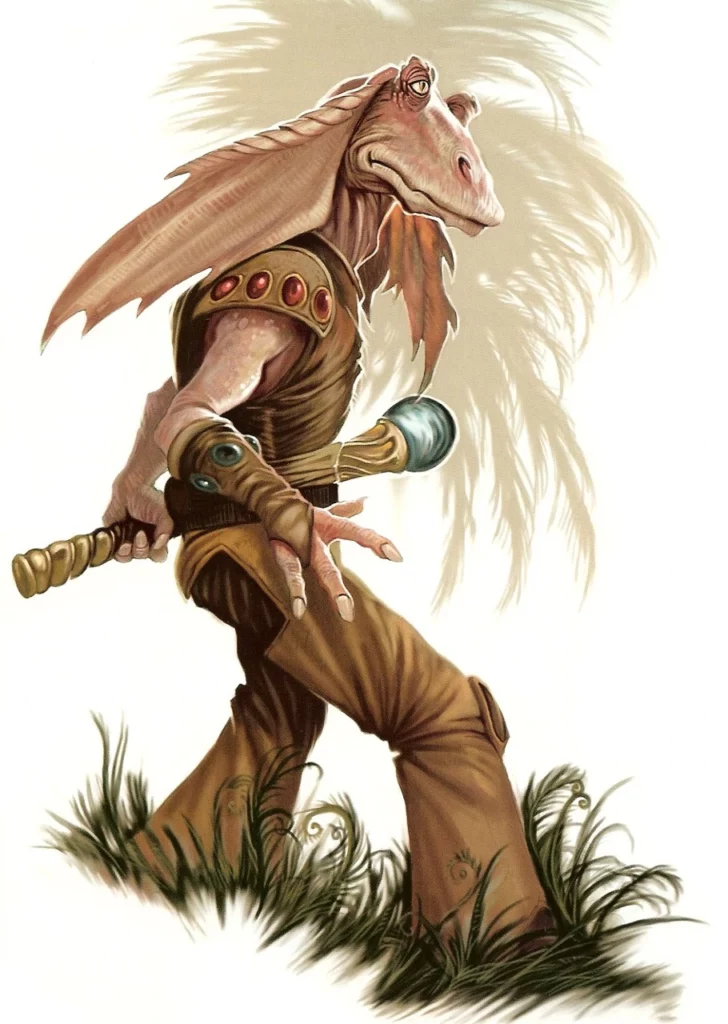
Ability Score Increase
Ignoring the anomaly that is Jar Jar Binks, Gungans are an agile, intelligent, and hardy species that aligns very well with 5e’s base version of Elves. So, the Wood Elf’s +2 Dexterity and +1 Wisdom fit the Gungan very well.
Size
Elves tend to be around the same size as humans, although they are lankier. So, their size works very well with Gungans and doesn’t need any changes.
Features
Most of the Wood Elf’s features translate smoothly to the Gungan, with one or two easily replaced with Gungan-specific parts. Darkvision works very well with Gungans because they live underwater, while Keen Senses, giving them a proficiency in Perception, needs no change because they are so adept at survival.
Fey Ancestry doesn’t translate well to Gungan’s, but this can be replaced with the Gungan’s amphibious nature, allowing them to breathe underwater. The Elf’s Trance feature doesn’t work very well either, but I replaced this with a Strong Jumper feature that increases their jump distance by their Strength ability score.
Then, there are the Wood Elf-specific features, which all work very well with the Gungan. Gungan Weapon Training can give them proficiency with the Star Wars equivalents of the longsword, shortsword, shortbow, and longbow.
Fleet of Foot bumps their base speed to 35 feet, and Mask of the Wild allows them to hide more effectively in the wild, which works great for a Gungan.
Gnome/Ewok

Ability Score Increase
The teddy bear-like Ewoks are an iconic piece of Star Wars, and they fit perfectly with a mix of 5e’s Rock Gnome and Deep Gnome. I recommend using +2 Intelligence and +1 Constitution for their ability score increases.
This accurately reflects the survivability of Ewoks as well as their ingenuity and hardiness living on one of the moons of Endor.
Size
Ewoks and Gnomes also share an average height from three to four feet with a base speed of 25 feet, so you don’t have to tweak anything there.
Features
For the Ewok’s features, I mixed both of the Gnome’s sub-races to make something more consistent with how Ewoks are seen in the movies and Star Wars extended universe.
So, I would start by giving them Darkvision and Ewok Cunning, which grants them an advantage on mental saving throws against magic.
I would also then take Stone Camouflage from the Deep Gnome and change it to give advantage on Stealth checks in forest terrain.
Finally, take the Tinker feature from the Rock Gnome to capture the primitive craftiness of the Ewoks, allowing them to create small objects and even simple weapons in their free time from resources that they can find in their immediate surroundings.
Half-Orc/Wookie
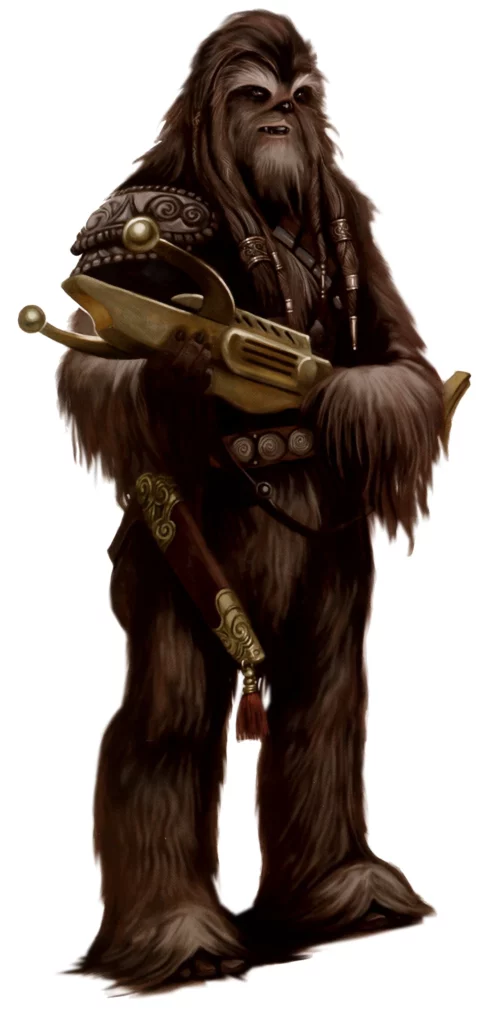
Ability Score Increase
I recommend using an almost one-to-one conversion of the 5e’s Half-Orc for Star War’s best fluffy friend species. Half-Orcs closely match the robust and hardy nature of the Wookies, giving them +2 Strength and +1 Constitution at character creation.
Size
Wookies tend to be larger than an average Half-Orc, however, so you’ll need to increase their average height to around seven feet tall. However, this shouldn’t impact their base speed, so leave that at 30 feet.
Features
You can also take Half-Orc’s features and use them for the Wookie as they all fit. Darkvision is optional if you want to run a game where it isn’t as prevalent, but the other options are great. Menacing gives Wookies proficiency in Intimidation, which makes sense.
Relentless Endurance speaks to how hardy Wookies are, as it allows them to drop to one hit point instead of zero once per long rest. Savage Attacks is also great, as it will enable Wookies to add one additional damage die to their attack roll when they get a critical hit with a melee weapon.
Star Wars 5e Class Conversions
Converting all of the classes and subclasses in 5e is also a very imposing task. You can spend the time to convert every single option if you want that amount of options for your players, but I recommend starting with converting just a few classes.
Then, you can reverse just a handful and translate just one of their subclasses or mix and match a couple to make it fit even better. For example, I’ve provided one of each option that I’ve done below.
Smuggler
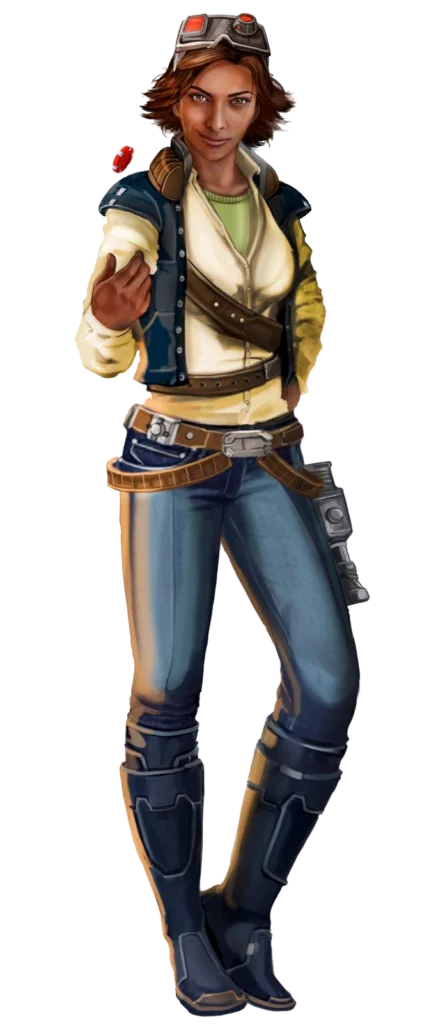
Class Based On: Scout Rogue
Nobody can be blamed for wanting to roleplay their dashing Han Solo character, and if you want to in a 5e conversion, you’ll want to pick up a Smuggler class.
For this conversion, I followed the first option because it is a bit more straightforward, so I converted the Rogue and its Scout subclass to make it a stealth-focused ranged class to be reckoned with. However, you will have to re-flavor the class’ features to make it mesh well with the Star Wars setting.
While this method works decently, you likely won’t find fitting translations for everything you’re looking for. It also will end up making the Star Wars classes feel like a re-skinned 5e class, but it is by far the most accessible and balanced approach to class conversion.
Jedi Guardian
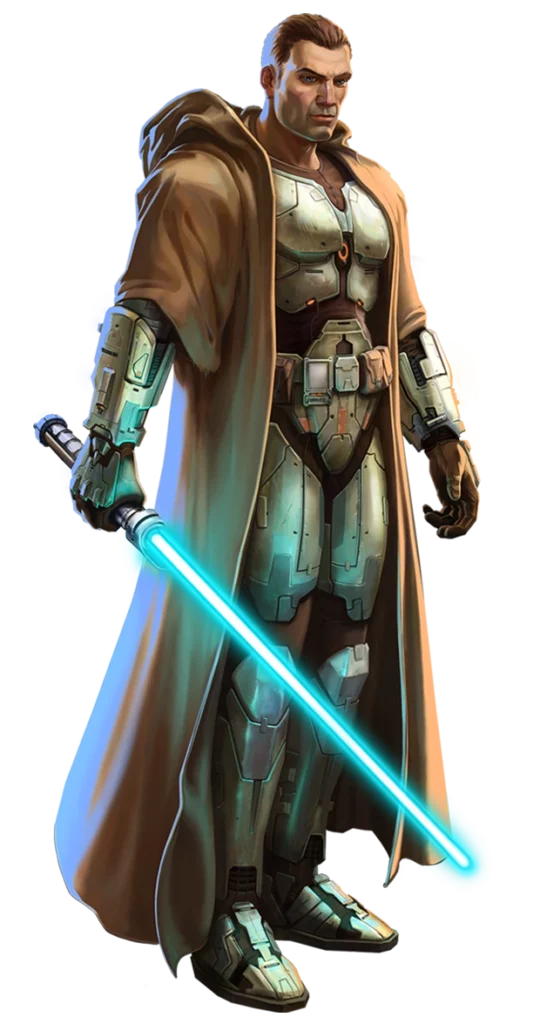
Class Based On: Paladin
If you want your classes to feel more individually tailored for unique roles in Star Wars and don’t mind putting the work in to do so, I recommend following this approach. To do so, you can make a homunculus of a class’ subclasses to create your version of it.
While this can quickly become overpowered, doing so carefully is a handy way to avoid building an entire tabletop RPG from scratch. So, here is the tank-focused Jedi Guardian class.
Force Meditation
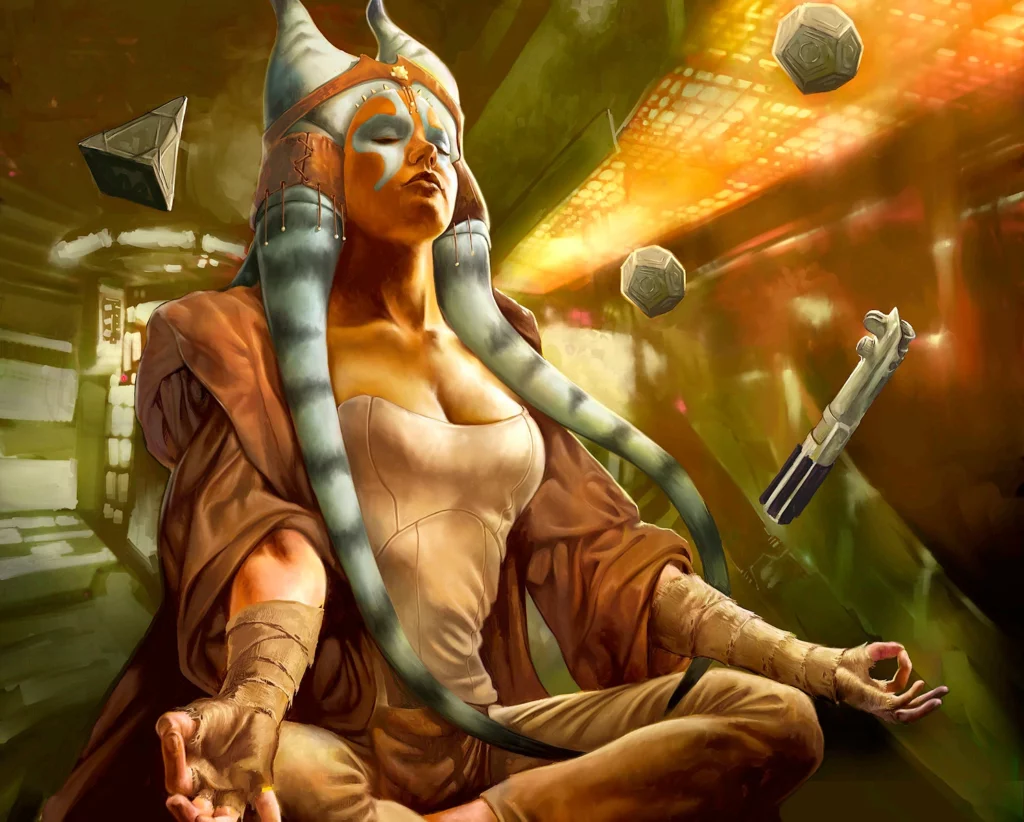
Level: 1
Using their connection to the Force, the Jedi Guardian takes time to meditate and sense disturbances in its fabric. This uses action and allows your character to detect evil-aligned creatures within 60 feet of them.
This feature can be used several times equal to your Charisma modifier + 1.
Force Mend
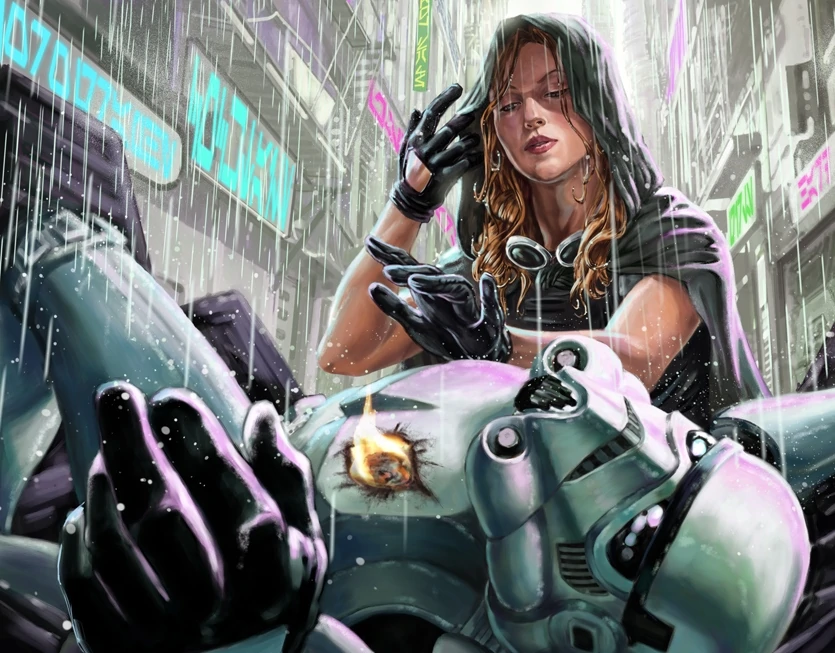
Level: 1
Jedi Guardians are trained early on to manipulate the Force to protect life and order. From their first level, they can use this training to heal any creature they touch from a pool of hit points available to them.
Their collection is equal to five times their Jedi Guardian level, and they can also use five hit points at a time to cure the target of a disease or poison they are suffering from.
Fighting Style
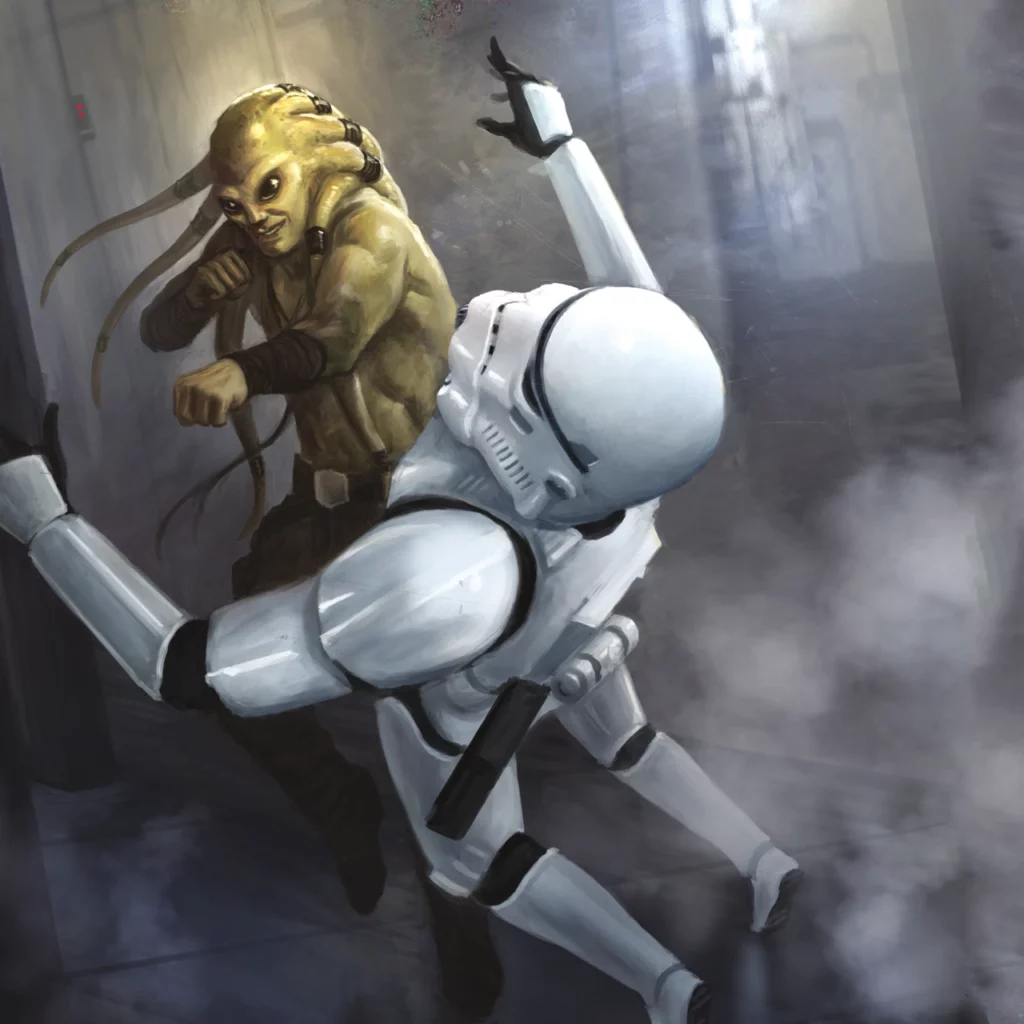
Level: 2
As you strengthen your relationship with the Force, you can adopt a more personalized use of it. This allows you to choose one of the following options:
- The Force is Life: Allows you to choose two cantrip powers from the standard Cleric spell list.
- The Force is Sight: Grants you blindsight with a range of 10 feet.
- The Force is Armor: Increases your character’s armor class by one.
- Singular Focus: As long as you wield a one-handed melee weapon and nothing in your off-hand, your damage rolls with that weapon get +2.
- Power Through Strength: As long as you wield a melee weapon with both hands, you can re-roll any attack rolls that result in a one or two.
- Guardian Spirit: When you see an enemy hit an adjacent ally, you can use a reaction to manipulate the Force to weaken the blow, decreasing the damage they take by 1d10 + your proficiency bonus.
Spellcasting
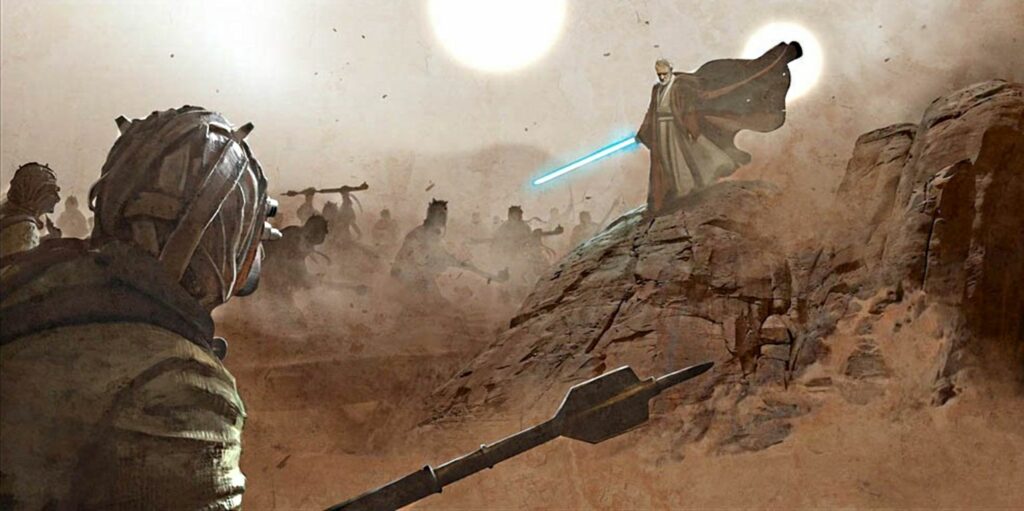
Level: 2
For the Jedi Guardian’s spellcasting, I recommend following the standard Paladin spellcasting rules in 5e but re-flavor the spells to fit better in Star Wars.
Precise Strike
Level: 2
When you hit an enemy target with a melee attack, you can expend a spell slot to guide your hand with the Force, dealing extra damage through precise strikes.
This ability adds 2d8 damage additional damage to your damage roll in exchange for a 1st-level spell slot and is increased by 1d8 for each spell slot level expended above 1st.
Preserved System
Level: 3
The Force has become one with your body, making you immune to all diseases.
Benevolent Precision
Level: 3
This feature can be used once per short or long rest. It is triggered when you use your Precise Strike feature and allows you to give yourself or an ally within 30 feet of your temporary hit points equal to 2d8 + your Jedi Guardian level.
Jedi Speed
Level: 5
This feature acts like Extra Attack, allowing you to make a second attack when you use the Attack action in combat.
Inspirational Presence
Level: 6, 18
Your connection to the Force serves as motivation for those around you. Any allies that make saving throws within ten feet of you can add your Charisma modifier to their roll. The range of this effect is then increased upon reaching level 18 to reach all allies within 30 feet of you.
Protective Presence
Level: 7, 18
When you reach level seven, you become so in tune with the Force that you can protect yourself and those near you from manipulating other Force sensitives. You and all allies within 10 feet of you gain resistance to all spells. When you reach level 18, the area of this effect is increased to 30 feet.
Encouraging Presence
Level: 10, 18
Your forceful presence reassures your allies that you will protect them, preventing you and your partners from becoming Frightened if they are within ten feet of you. If you reach level 18, the range of this feature is increased to 30 feet.
Precise Training
Level: 11
Your experiences in combat have made your Lightsaber feel like an extension of your own body, granting all of your attacks with it 1d8 extra damage.
Force Purge
Level: 14
This feature allows you to use your action to end a magical effect on yourself or another creature you can touch. This feature can be used several times equal to your Charisma modifier per long rest.
Pristine Preservation
Level: 15
Your attunement to the Force can be used to help you avoid death. Once per long rest, when you normally fall to zero hit points, you can choose to decline to one instead.
Force Surge
Level: 20
Once per long rest, you can call upon the Force around you to surge with power. The effect lasts for one full minute, and while it is active, you gain resistance to all incoming damage, your attack rolls are critical hits when you roll a 19 or 20, and you can make an additional attack whenever you take the Attack action.
Monster Conversions
Making well-balanced monsters is one of the most challenging parts of 5e homebrew. For this reason, I recommend converting existing 5e monsters and re-flavoring them to make sense in Star Wars over making all of your own unless you are a very experienced Dungeon Master who knows the stats and interactions in 5e inside out.
Depending on how you approach planning your campaigns, you can do this by either having an iconic Star Wars monster in mind, like the Rancor, and then searching for a 5e equivalent, like the Otyugh. On the other hand, if you find a 5e monster that seems interesting to you, you can then make up your lore for it in Star Wars or can look for a Star Wars monster to apply its stat block to.
Equipment Conversions
Regardless of how you approach your Star Wars campaign, you’ll have to convert 5e’s equipment to make sense in Star Wars. Weapons in 5e are well-balanced, so I recommend re-flavoring them to keep things consistent and safe. An easy example of this is changing bows and crossbows to different types of blasters. There are a lot of different approaches to this, such as flavoring a crossbow as the one-shot sniper blaster from The Mandalorian.
You’ll also have some decisions to make about melee weapons. You’ll want to convert some of them into Lightsabers because it isn’t Star Wars without Lightsabers. For non-Lightsaber melee weapons, I recommend looking at the options explored in official Star Wars games like Knights of the Old Republic, where you can find choices like Vibroblades that make sense within the setting.
Outside of weapons, you’ll also want to convert the tools and kits to make them make sense in the setting, which is usually little more than changing their name. For the general items your players may want randomly, I recommend not prepping too much.
You can lose countless hours translating each item over, so instead, I would just read up on some Star Wars items and keep the marketplace section of the book handy to figure out prices for the various items that your players end up wanting. You’ll have to improvise to pull this off, but what’s DMing if it isn’t making things up on the fly here and there?
Starships
Now, starships are the most significant mechanical aspect of a 5e Star Wars conversion that you’ll have to figure out since there isn’t a real parallel in the system’s basic rules. Your party will likely want a starship of their own, and they’ll probably end up getting in a dogfight. For the starship itself, I recommend looking at the sailing and ships section of the Dungeon Master’s Guide.
But the ship combat sections of the base game’s rules tend to be a bit lacking, so there are some mechanical tweaks you can make here to make starship fighting more interesting. The first is splitting it into three roles: piloting, shooting and supporting. This will help give each party member something to do during the fight rather than just whichever player is at the ship’s controls.
Piloting is pretty straightforward. You can allow them to move the ship during their turn and perform maneuvers to try and get around enemies or avoid obstacles like asteroids. To complete those maneuvers, have them make piloting checks using your choice between Wisdom or Dexterity. Depending on their class and background, you could even add it as a whole skill that they can have proficiency in or give them an advantage based on the actions of their party members.
The party members responsible for shooting should each be on a turret, and you can even give the starship a few different options for them to pick from. Then, during their turn, they can use those turrets to make attacks using Dexterity and add their proficiency bonus if you think it makes sense. They’ll be in charge of dealing with all of the damage for their party, so they’ll play a significant role in the success of the group, which should be engaging even if it isn’t as open to player choices as the other two roles.
Finally, there is the support role. This is for the more tech-savvy party members. They can run around the ship completing repairs to systems damaged by enemy fire or even overcharge or manipulate specific systems to give the boat different bonuses.
This can include repairing the engines to return the ship to max speed, giving the pilot advantage on their next maneuver roll by overcharging the control module, or adding damage dice to a turret’s damage by funneling more power to its core. For these checks, you can make them roll Tech rolls that use Intelligence and maybe even have them make saves to stay on their feet when the ship is shot.
The Star Wars 5e Project
If playing a Star Wars campaign using the 5e ruleset sounds great to you, but you aren’t comfortable doing the conversion yourself, there is already a really great fanmade conversion available at sw5e.com. The entire conversion is available for free on the website and is extremely thorough. It covers races, classes, enemies, and locations and has an entire book dedicated to starships.
I haven’t personally tried playing with the system, but after a cursory look through the website, it seems like a very well-balanced conversion. Perhaps most importantly, however, the website is very easy to use and navigate, which seems like it will help you run your campaign tremendously.
FAQs
Question: Is 5e hard to convert to other settings?
Answer: 5e is much easier to convert than most tabletop RPGs, thanks to its approachable design principles that make it easy to re-flavor mechanics and systems to any setting.
Question: Is there an official Star Wars 5e conversion?
Answer: No, there are a couple of fan projects available, but there has yet to be an official Star Wars tabletop RPG using 5e’s rules like there was for 3.5e.
Question: Can you play 5e in a sci-fi setting?
Answer: Yes, there are rules about doing so in the Dungeon Master’s Guide. However, it takes some work and effort from the Dungeon Master to convert the system to the new setting.
Conclusion
With how expansive and beloved the Star Wars universe is, there is no wonder why fans would want to create their characters to explore a story in it through roleplaying and a tabletop RPG’s rules.
Thankfully, converting 5e to Star Wars is relatively simple, and there is a lot of freedom in how you ultimately approach the project. The 5e community is also extremely welcoming and helpful, so if you need advice, there are those out there willing to help.
- Steel Defender 5e Guide - September 5, 2022
- Harengon 5e Guide - August 24, 2022
- Shambling Mound 5e Guide: The Most Terrifying Plant - August 21, 2022

